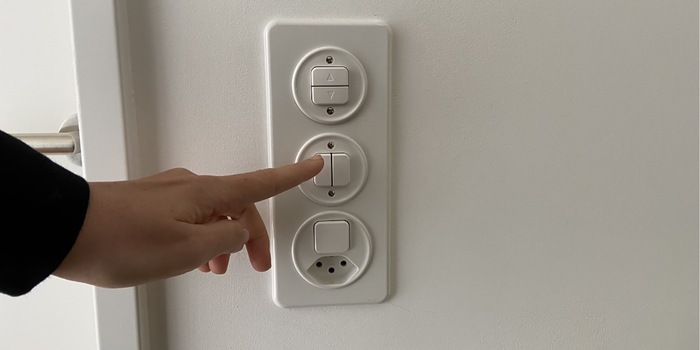
Brain research: lights on, fear centre off
Diurnal creatures like us get scared easily in the dark. This can also be seen in the brain: light inhibits the fear centre and results in a sober mind.
People usually get scared faster in the dark than when they experience the same situation in the light. A brain research team led by Sean Cain from Monash University in Melbourne has now investigated the reasons for this. They found that the neuronal «fear centre», the amygdala, is responsible for this, as it’s more active in the dark than in the light.
In the journal «PLOS ONE», the team described how this affects the brain by placing their 23 test subjects in a brain scanner and switching the light on or off every 30 seconds. In the dark phases, the amygdala was consistently active, but as soon as the light came on, its activity dropped rapidly.
The amygdala is presumably directly connected to the retina. If the retina is active, it more easily contributes a sense of fear or anxiety to the evaluation of a situation or thought. If the retina is muted, the same situation or thought is perceived as less threatening.
Cain and team observed yet another phenomenon in the brains of their volunteers. As soon as the activity of the amygdala was decreased by light, the interplay between the amygdala and the ventromedial prefrontal cortex increased. The ventromedial prefrontal cortex is involved in the regulation of anxiety. This is also a factor that seems to allow humans to make more sober evaluations of situations in the light.
The fact that light slows down the fear-related amygdala is presumably the reason for its general mood-lifting effect, which can also be used for therapeutic purposes. As the researchers write in their current study, another brain region is also inhibited by ambient light. The so-called habenula is related to the reward system and generates a stronger reward expectation in the light than in the dark.
The anxiety-relieving effect of light probably contributes to the fact that people nowadays extend the bright phase of the day long into the evening and night hours by using artificial lighting – even if it goes against their natural rhythm.
Spektrum der Wissenschaft
We’re a partner of «Spektrum der Wissenschaft» (link in German) and strive to make scientific information better available to you. Follow Spektrum der Wissenschaft if you like the article.
Experts from science and research report on the latest findings in their fields – competent, authentic and comprehensible.
From the latest iPhone to the return of 80s fashion. The editorial team will help you make sense of it all.
Show all